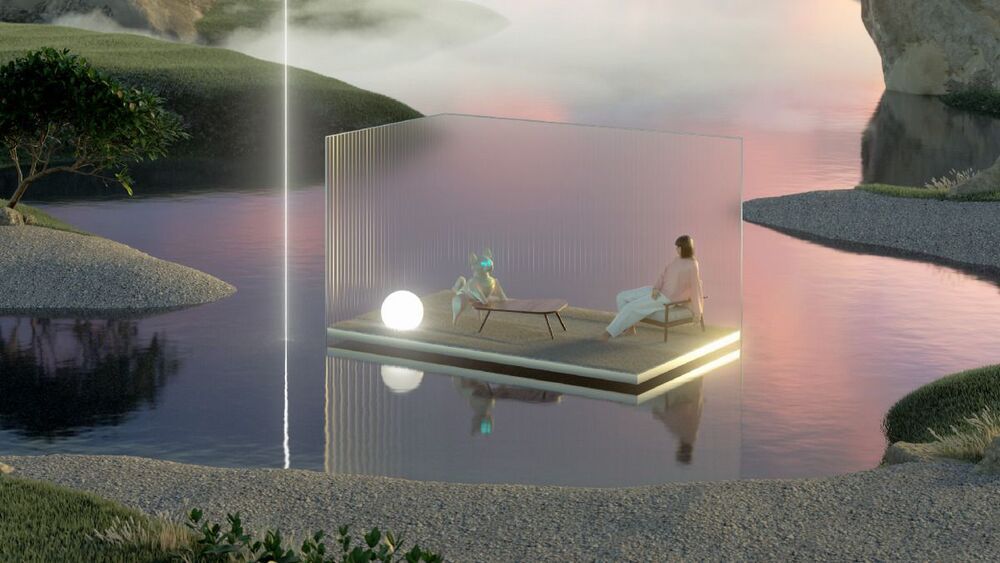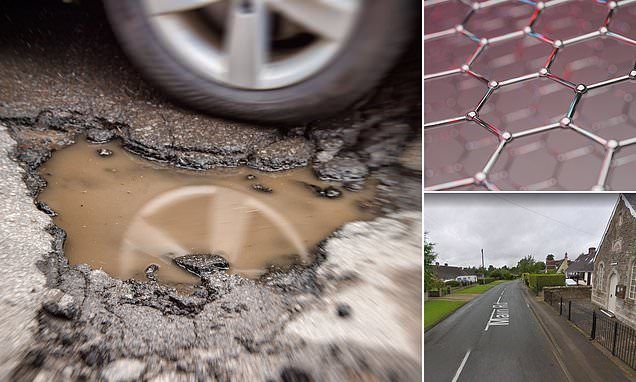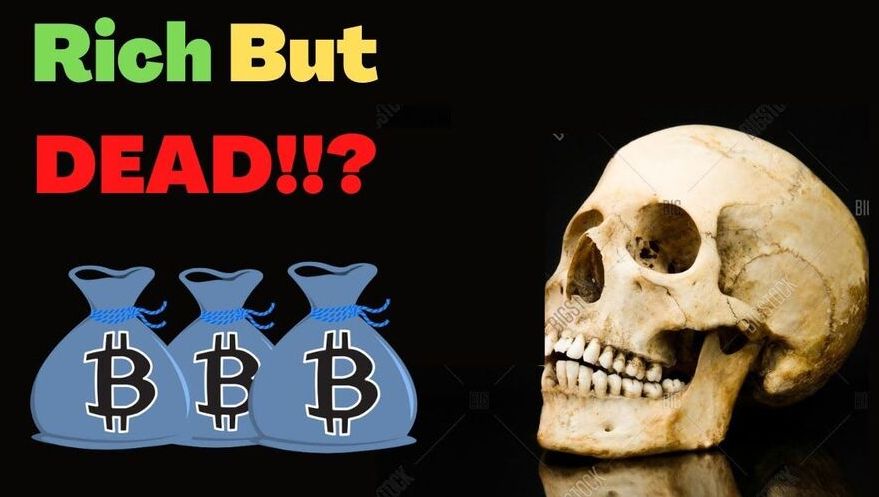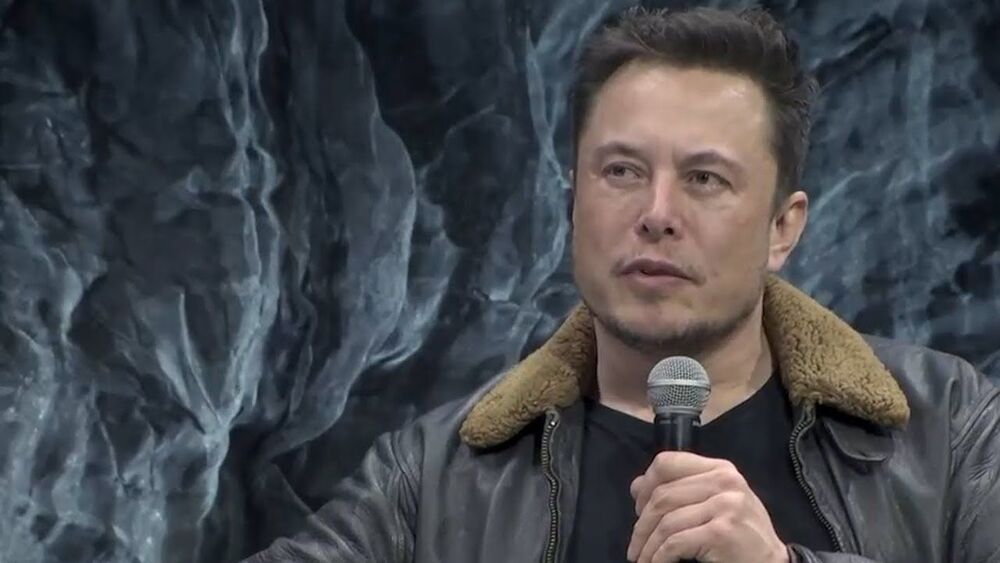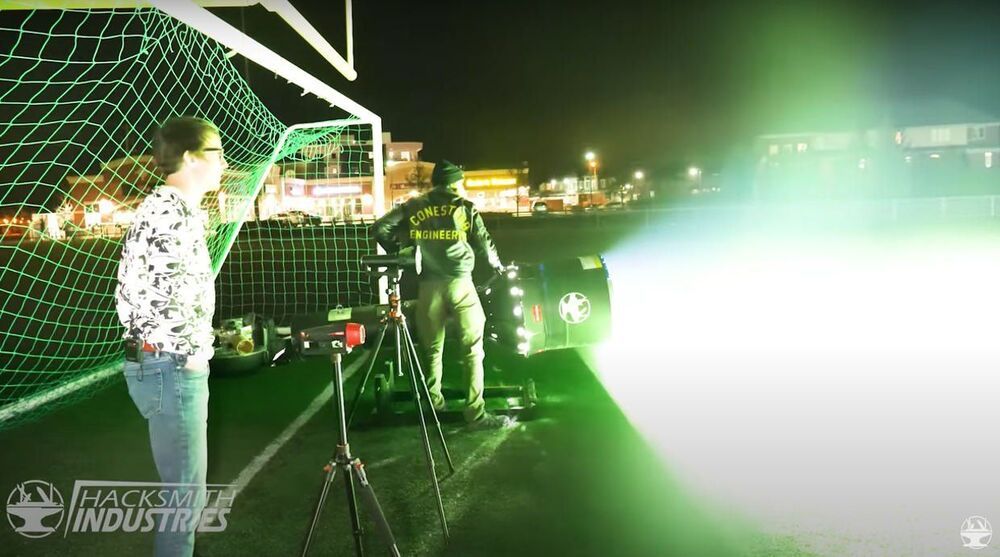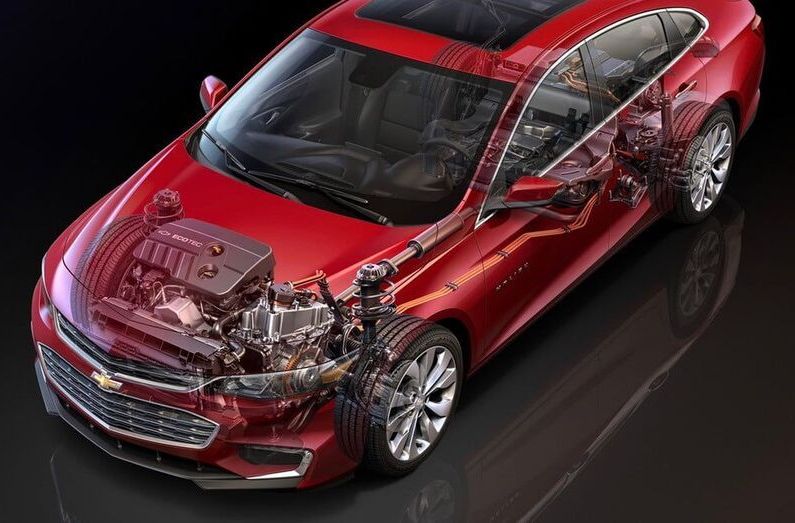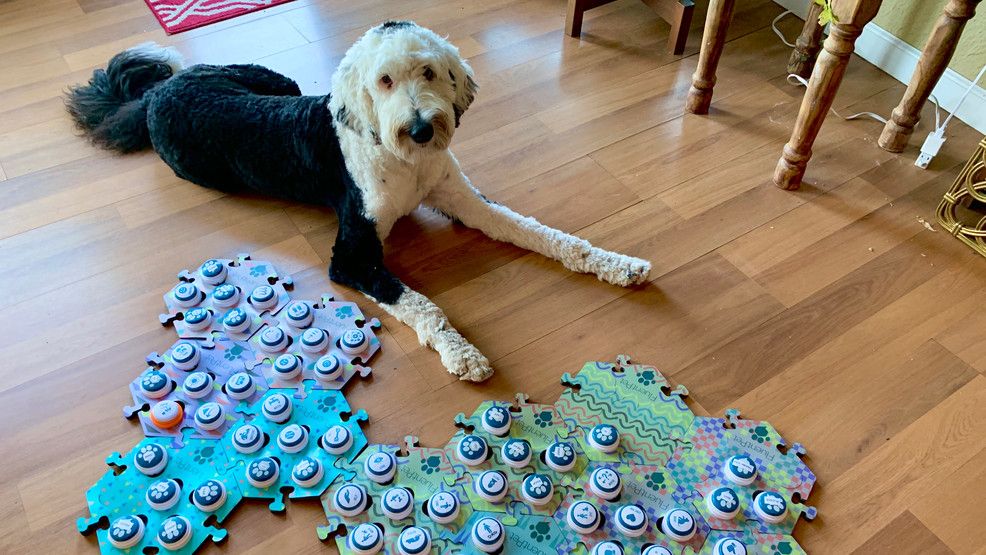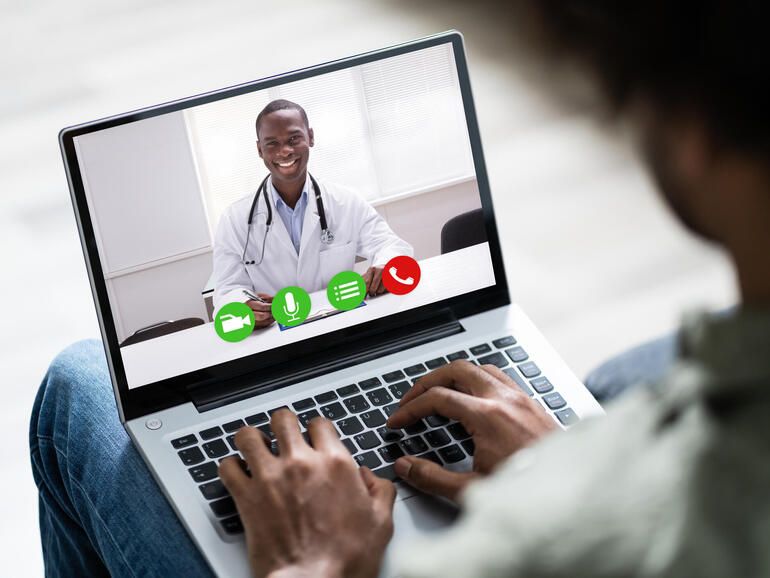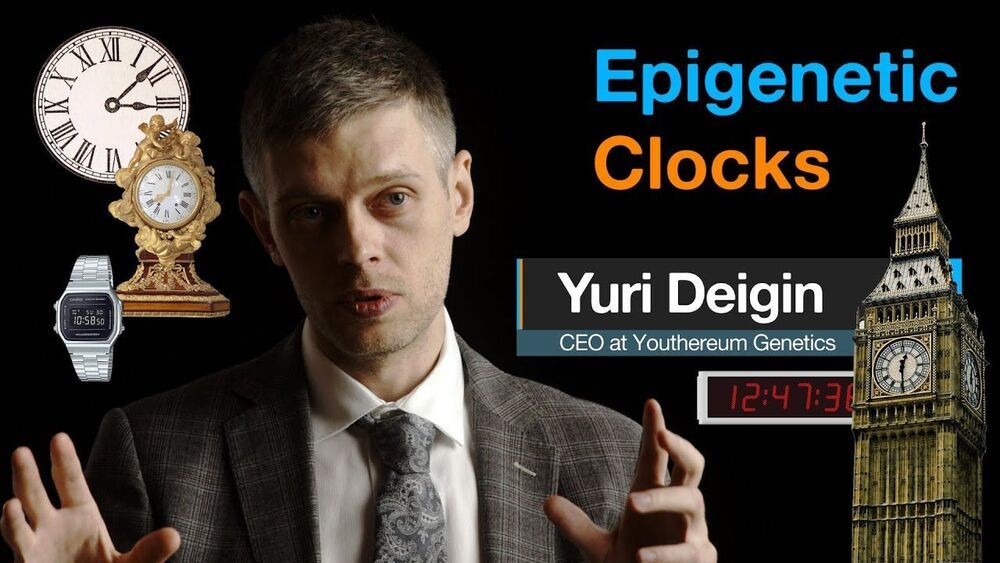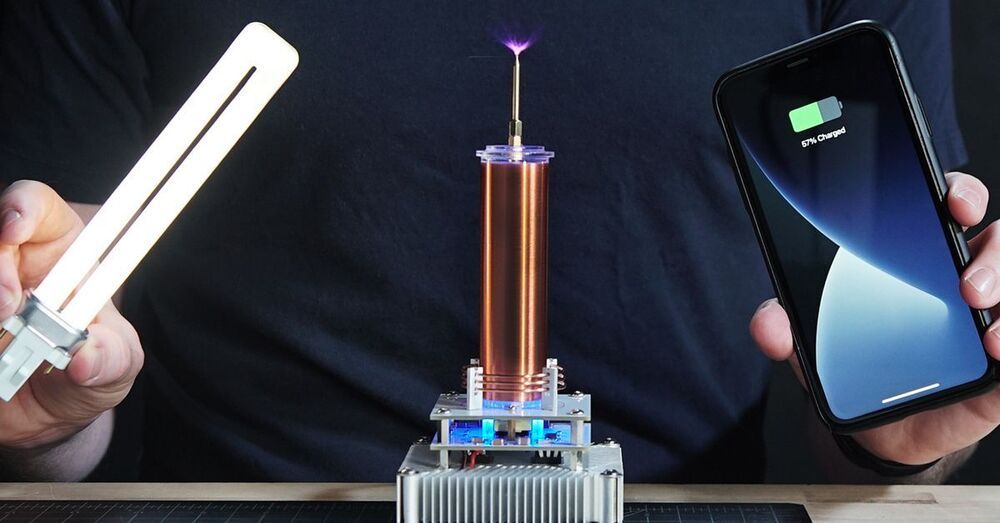For years, futurists have attempted to predict when, in the future, we will finally achieve the technological singularity’’ — a technological breakthrough so profound, it changes the course of humanity. Specifically, futurists have been talking about the moment when super-human artificial intelligence becomes reality. Or — to put it simply — when computers become smarter than people.
However, at Centaura, we believe that the world needs to prepare for a different singularity — one that might arrive even before super-human intelligence. It’s the moment when humans have the power to slow down — and even reverse aging.
The idea of the singularity first became popular nearly thirty years ago by the science fiction writer Vernor Vinge. In his essay The Coming Technological Singularity, he famously declared, Within thirty years, we will have the technological means to create superhuman intelligence. Shortly after, the human era will be ended.
